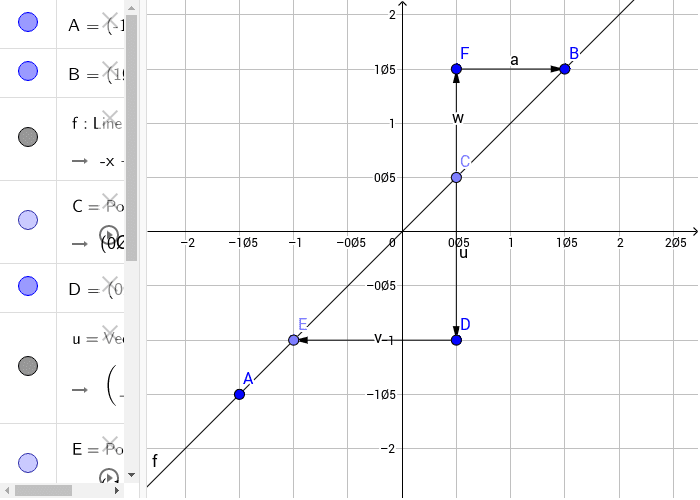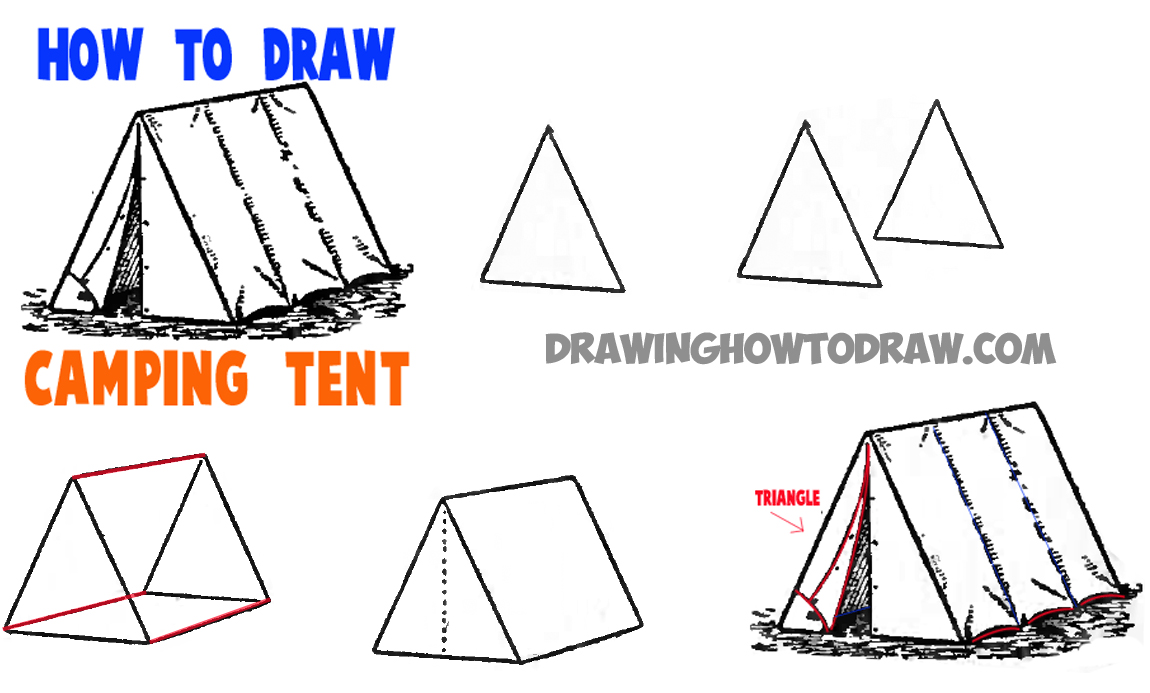Tikz pgf
Table of Contents
Table of Contents
If you’ve ever wondered how to draw the slope of a line, you’re not alone. Understanding slope is a fundamental concept in algebra and a key building block for many more complex topics in mathematics. Whether you’re a student struggling to grasp the concept or just looking to brush up on your skills, this guide will provide you with a clear, step-by-step explanation of how to draw the slope of a line.
When it comes to math, many people find slope to be a tricky piece of the puzzle. It can be difficult to understand exactly what slope is and how to calculate it. But don’t worry – with a little practice, anyone can learn how to draw the slope of a line with confidence. In the next paragraph, we’ll show you exactly how to do that.
How to Draw the Slope of a Line
The slope of a line is simply the measure of its steepness. To find the slope of a line, you need to know two things: the rise (the vertical change) over the run (the horizontal change). If you have those two pieces of information, you can use the formula: slope = rise/run or Δy/Δx, where Δy is the difference in y-values and Δx is the difference in x-values.
Now that we know the formula for slope, let’s put it into practice. To draw the slope of a line, you’ll need to plot at least two points on the line. From there, you can use the formula we just talked about to find the rise and run between the two points. Then, simply divide the rise by the run to get the slope. This will give you a single number that represents the angle of the line’s steepness.
In summary, to draw the slope of a line, you need to plot at least two points on the line, find the rise and run between those two points, and then divide the rise by the run to get the slope.
Benefits of Knowing How to Draw the Slope of a Line
Learning how to draw the slope of a line is an essential skill for anyone studying algebra or calculus. A deep understanding of slope and its applications can make it easier to tackle more complicated mathematical concepts down the road. For example, understanding slope can help you to:
- Calculate the rate of change of a function
- Determine the slope of a tangent line
- Figure out the optimal angle for a roof or ramp
- Analyze the performance of a stock or investment portfolio
Now that we’ve covered the basics of how to draw the slope of a line, let’s dive a bit deeper into how this concept can be used in real-world situations.
Using Slope in Real-Life Situations
One common use of slope is in calculating the grade of a road, hill, or other incline. Knowing the grade of an incline can help architects and engineers to design structures that are safe and functional. Suppose, for example, that you are building a wheelchair ramp in front of a building. To ensure that the ramp meets ADA standards, you’ll need to calculate the slope of the incline to make sure that it is not too steep.
Slope can also come in handy when analyzing data. For example, suppose you are looking at a chart that represents the performance of a particular stock over time. The slope of the line on the chart can give you a sense of whether the stock is increasing or decreasing in value, as well as how quickly that change is happening.
Practice Makes Perfect
The more practice you get with slope, the easier it will become. Once you’ve mastered the basics of how to draw the slope of a line, try tackling more complex problems that require you to use this concept. You might find that you enjoy the challenge – and that you’re more skilled at slope than you thought!
Common Mistakes to Avoid
One common mistake people make when calculating slope is confusing the rise and run. Remember: the rise is the vertical change and the run is the horizontal change. Make sure you’re clear on which is which before beginning any calculations. Additionally, make sure to double-check your math if you get stuck. Simple errors can throw off your entire calculation!
Question and Answer
Q: Is it possible for a line to have no slope?
A: No, every line has a slope. However, a vertical line will have an undefined slope, while a horizontal line will have a slope of zero.
Q: Can slope be negative?
A: Yes, slope can be positive, negative, or zero. A negative slope means that the line is decreasing from left to right, while a positive slope means that the line is increasing from left to right.
Q: How do you calculate the slope of a curved line?
A: To calculate the slope of a curved line, you need to find the slope of the tangent line at a specific point. This can be calculated using calculus, but it’s a bit more complicated than finding the slope of a straight line.
Q: Can slope be greater than 1?
A: Yes, slope can be greater than 1. A slope greater than 1 is considered a steep slope, while a slope less than 1 is considered a gentle slope.
Conclusion of how to draw the slope of a line
Knowing how to draw the slope of a line is an essential skill for anyone studying math. By understanding the basics of slope and its applications, you’ll be better equipped to tackle more complex mathematical concepts in the future. With practice, anyone can develop confidence in their ability to draw the slope of a line and apply this concept to real-world situations.
Gallery
Draw A Line Through Each Point Using The Given Slope. What Do You

Photo Credit by: bing.com /
(a) Illustrative Sketch Of The Infinite Slope Model Representing The

Photo Credit by: bing.com / slope infinite illustrative representing slopes
Draw A Line, Given Slope And 1 Point - YouTube

Photo Credit by: bing.com / slope line
Tikz Pgf - How To Draw Slope Fields With All The Possible Solution

Photo Credit by: bing.com / slope fields latex curves possible solution draw
Draw A Slope Triangle For The Line. – GeoGebra

Photo Credit by: bing.com / geogebra






